Siblings Kasumi Teshigahara Parents Sofu Teshigahara | Role Filmmaker Name Hiroshi Teshigahara | |
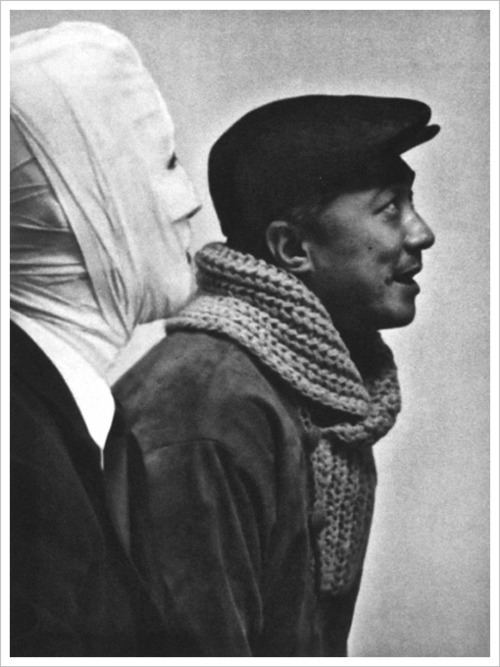 | ||
Spouse Toshiko Kobayashi (m. 1956–2001) Movies The Face of Another, Pitfall, Rikyu, Woman in the Dunes, Antonio Gaudi Similar People Kobo Abe, Sofu Teshigahara, Kyoko Kishida, Eiji Okada, Toru Takemitsu | ||
Hiroshi Teshigahara - Cabaret Voltaire / Inside The Electronic Revolution
Tarkovsky's favorite films, listed in 1972 [TOP TOP]
Hiroshi Teshigahara (勅使河原 宏, Teshigahara Hiroshi, January 28, 1927 – April 14, 2001) was a Japanese avant-garde filmmaker. He is best known for his films Woman in the Dunes (1964) and The Face of Another (1966). Teshigahara is the first person of Asian descent to be nominated for the Academy Award for Best Director, accomplishing this in 1966 for his work on Woman in the Dunes.
Contents
- Hiroshi Teshigahara Cabaret Voltaire Inside The Electronic Revolution
- Tarkovskys favorite films listed in 1972 TOP TOP
- Biography
- Filmography
- References
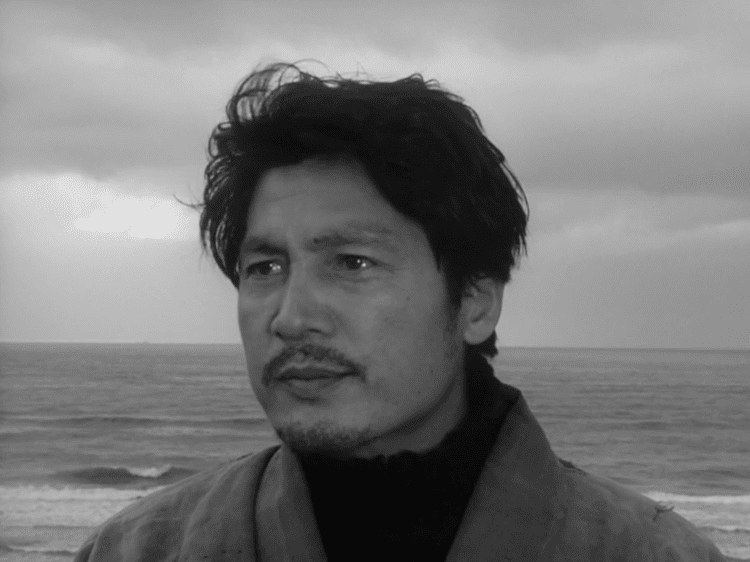
Biography
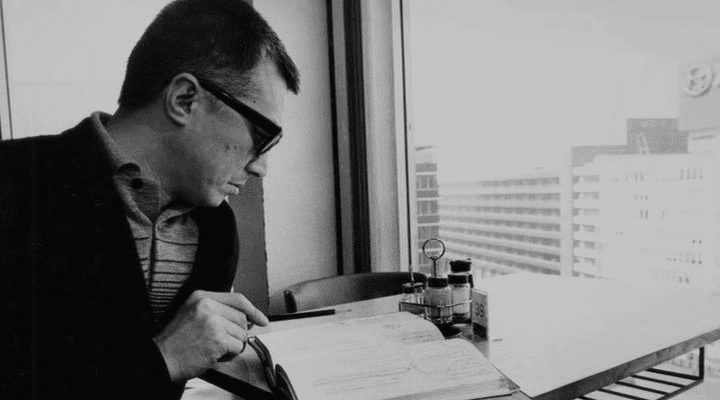
Teshigahara was born in Tokyo, the son of Sōfu Teshigahara, founder and grand master of the Sōgetsu-ryū school of ikebana. He graduated in 1950 from the Tokyo National University of Fine Arts and Music and began working in documentary film. He directed his first feature film, Pitfall (1962), in collaboration with author Kōbō Abe and musician Toru Takemitsu. The film won the NHK New Director's award, and throughout the 1960s, he continued to collaborate on films with Abe and Takemitsu while simultaneously pursuing his interest in ikebana and sculpture on a professional level.
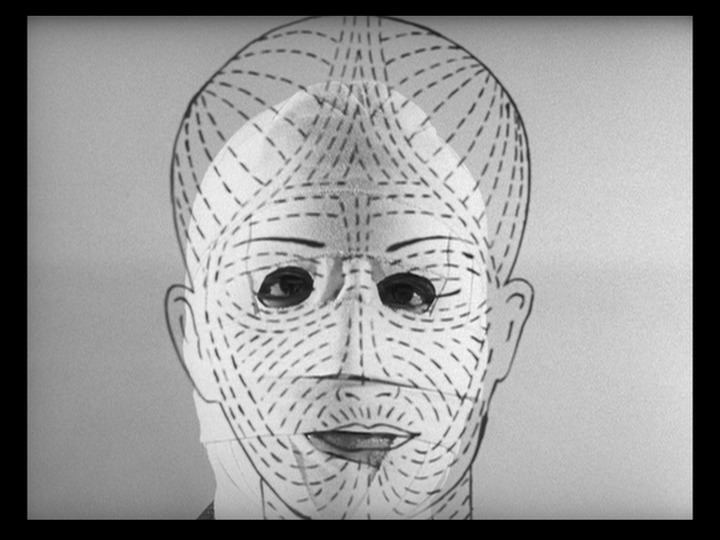
In 1965, the Teshigahara/Abe film Woman in the Dunes (1964) was nominated for an Academy Award for Best Foreign Language Film and won the Special Jury Prize at the Cannes Film Festival. In 1972, he worked with Japanese researcher and translator John Nathan to make Summer Soldiers, a film set during the Vietnam War about American deserters living on the fringe of Japanese society.
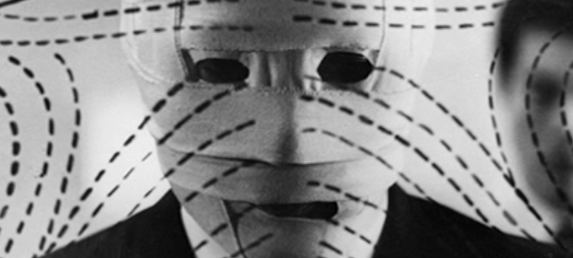
From the mid-1970s onwards, he worked less frequently on feature films as he concentrated more on documentaries, exhibitions and the Sogetsu School and became grand master of the school in 1980.
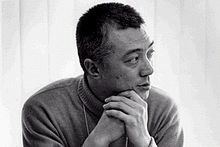
In 1978, Teshigahara directed the final two episodes of the long running and popular Japanese television series Shin Zatoichi, starring Shintaro Katsu as the blind wandering Yakuza. During Akira Kurosawa's five-year hiatus from filmmaking, he watched a lot of television and was particularly taken by the final episode of Shin Zatouichi - Episode: Journey of Dreams (新座頭市「夢の旅) (1978). The influence of this particular episode included the initial casting of Shintaro Katsu in the lead roles in Kagemusha (1980) and the extended artistic dream sequences contributed to those seen in Kagemusha.
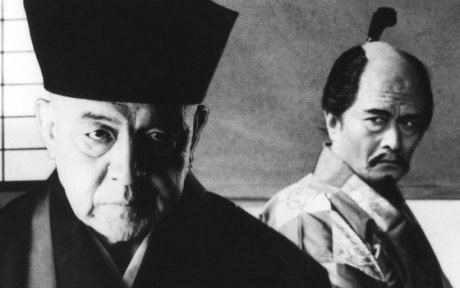
On the first anniversary of his death, April 14, 2002, a DVD box set containing his best known work was released in Japan in commemoration.
Filmography
Teshigahara's complete filmography includes:
